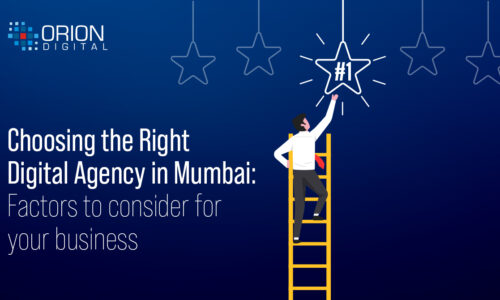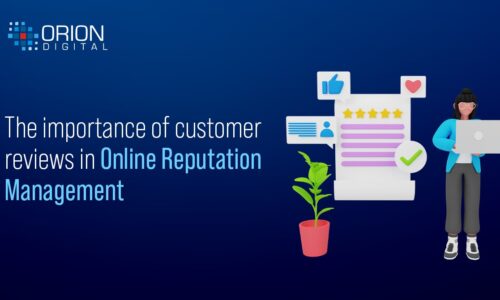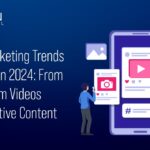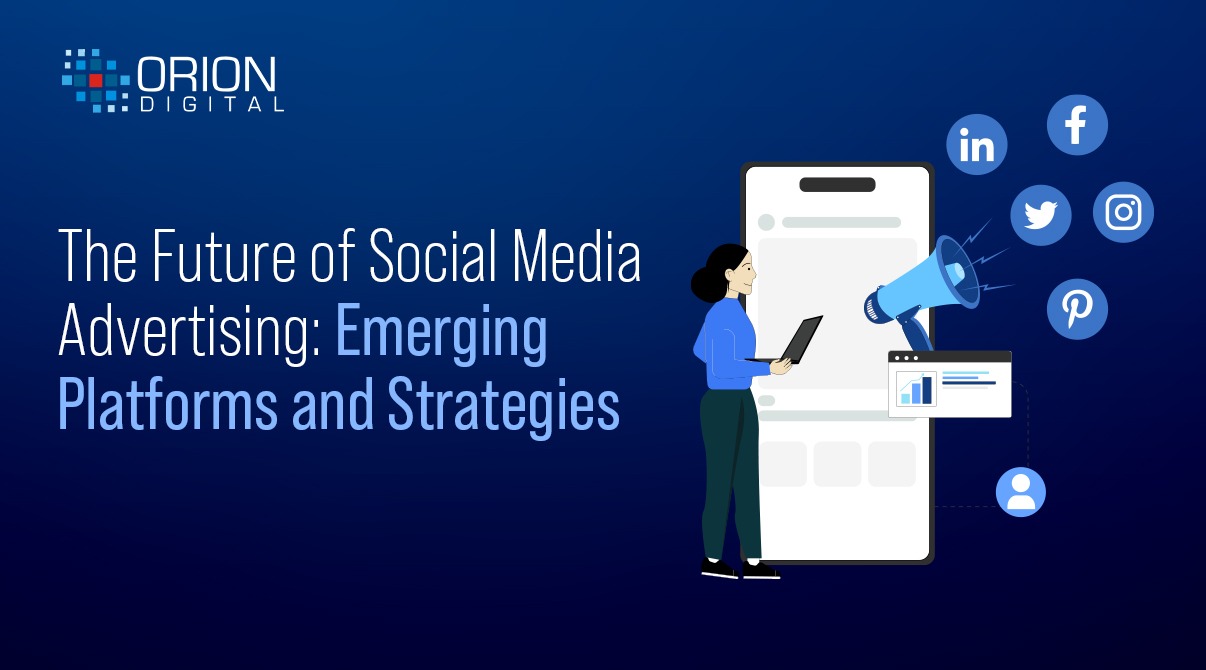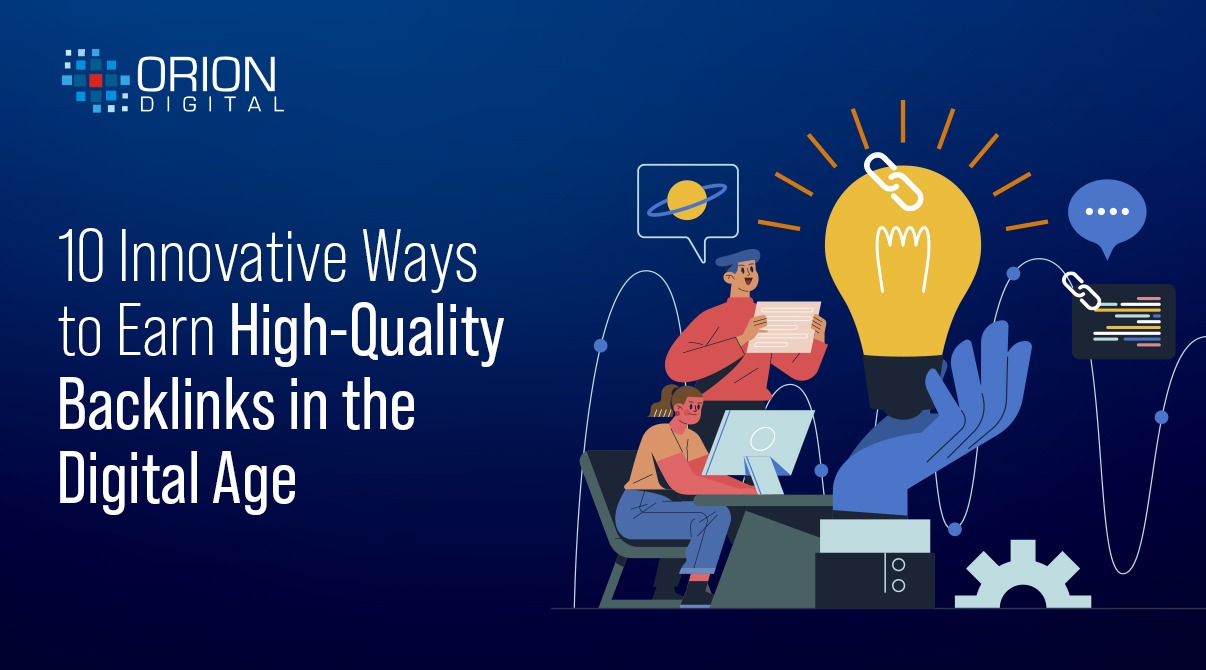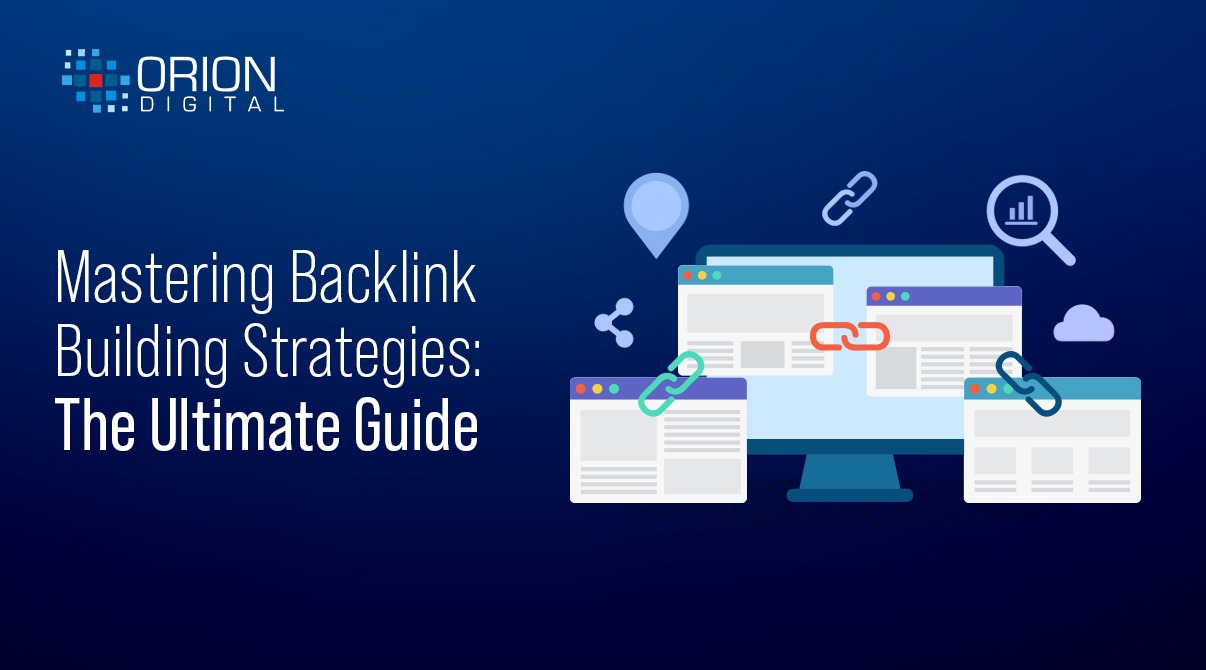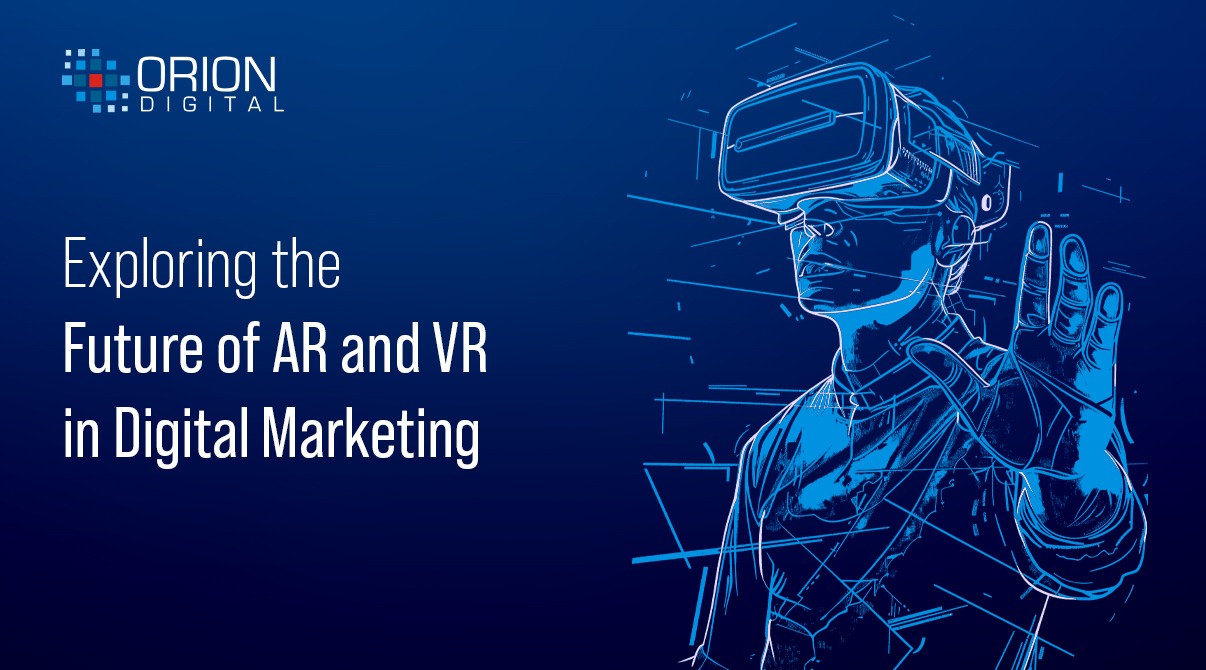
Exploring the Future of AR and VR in Digital Marketing
- Naveen N
- April 16, 2024
- Digital Marketing
- AR, Future of Digital Marketing, VR
- 0 Comments
As technology continues to evolve at breakneck speed, we must stay ahead of the curve and harness the power of these cutting-edge tools. From immersive brand experiences to virtual product demonstrations, AR and VR are revolutionising the way we connect with our audiences. But what exactly are these technologies, and how can they benefit your business?
In this blog post, we’ll explore the rise of AR and VR in digital marketing, showcase some real-world examples, and provide practical tips for incorporating these tools into your strategy. So, gear up and get ready to go on a virtual journey that will take your marketing to the next level!
The Rise of AR and VR
First things first, let’s talk about the meteoric rise of AR and VR. These technologies have been around for a while, but it’s only recently that they’ve started to gain serious traction in the marketing world. And it’s no wonder why – AR and VR offer unparalleled opportunities for brands to engage with their audiences in immersive and interactive ways.
Picture this: you’re scrolling through your favourite social media app, and suddenly, an ad pops up. But it’s not just any ad – it’s an AR experience that allows you to virtually try on a pair of sunglasses or see how that new sofa would look in your living room. Pretty cool, right? That’s the power of AR in action.
The Benefits of AR and VR in Digital Marketing
Now, let’s talk about the benefits of incorporating AR and VR into your digital marketing strategy. Here are just a few:
1. Increased Engagement: AR and VR experiences are incredibly immersive, which means they have the power to capture and hold your audience’s attention like never before. When fully engaged with your brand, users are more likely to remember it and develop a positive association with it.
2. Enhanced User Experience: By providing interactive and personalised experiences, AR and VR can greatly enhance the user experience. It can lead to increased customer satisfaction, loyalty, and ultimately, conversions.
3. Differentiation: In a crowded digital landscape, it can be tough to stand out from the competition. But by embracing AR and VR, you can differentiate your brand and offer something truly unique and memorable.
4. Increased Sales: AR and VR can be powerful tools for driving sales. By allowing customers to virtually try before they buy, you can increase their confidence in their purchase decision and reduce the likelihood of returns.
Examples of AR and VR in Action
Alright, enough with the theory – let’s look at some real-world examples of AR and VR in action!
IKEA Place
IKEA Place is an AR app that allows users to see how IKEA furniture would look in their own homes. By using their smartphone camera, users can virtually place true-to-scale 3D models of IKEA products in their space, making it easier than ever to visualise and plan their purchases.
Sephora Virtual Artist
Sephora Virtual Artist is an AR tool that allows users to try on makeup products virtually. By using their smartphone camera or uploading a photo, users can see how different shades and styles of makeup would look on their face, without ever having to set foot in a store.
The North Face VR Experience
The North Face created a VR experience that allowed users to explore the Yosemite National Park and learn about the brand’s history and products. By immersing users in a stunning virtual landscape, The North Face was able to create a memorable and engaging brand experience.
Tips for Implementing AR and VR in Your Digital Marketing Strategy
So, how can you start incorporating AR and VR into your digital marketing strategy? Here are a few tips:
1. Start Small: If you’re new to AR and VR, start with small, targeted campaigns and test the waters before diving in headfirst.
2. Know Your Audience: As with any marketing campaign, it’s crucial to know your audience and tailor your AR and VR experiences to their needs and preferences.
3. Focus on User Experience: Above all else, focus on creating a seamless and enjoyable user experience. If your AR or VR experience is clunky or confusing, users will quickly lose interest.
4. Measure Your Results: As with any marketing campaign, it’s important to measure your results and continually optimise your approach based on what’s working (and what’s not).
The Future of AR and VR in Digital Marketing
So, what does the future hold for AR and VR in digital marketing? While it’s impossible to say for certain, one thing is clear – these technologies are here to stay. As more and more brands begin to embrace AR and VR, we can expect to see even more innovative and immersive experiences in the years to come.
At Orion Digital, we’re excited to be at the forefront of this technological revolution. As a leading digital marketing agency, we’re always exploring new ways to help our clients stand out and connect with their audiences. Whether it’s through AR, VR, or any other cutting-edge tool, we’re committed to delivering results that drive business growth.
So, if you’re ready to take your digital marketing to the next level, why not give us a shout? We’d love to chat about how we can help you harness the power of AR and VR to create unforgettable brand experiences.
“Until next time, happy marketing!”
